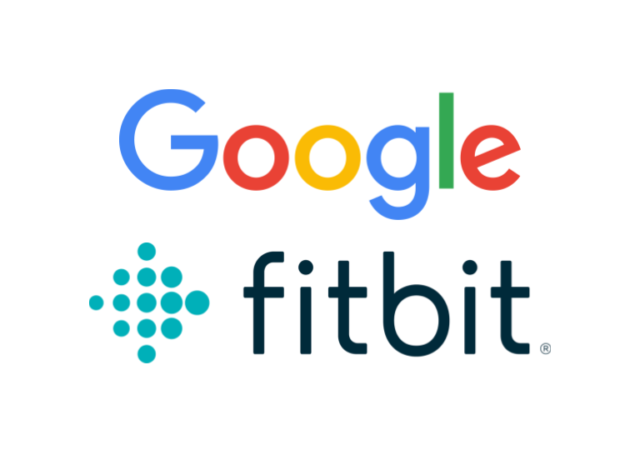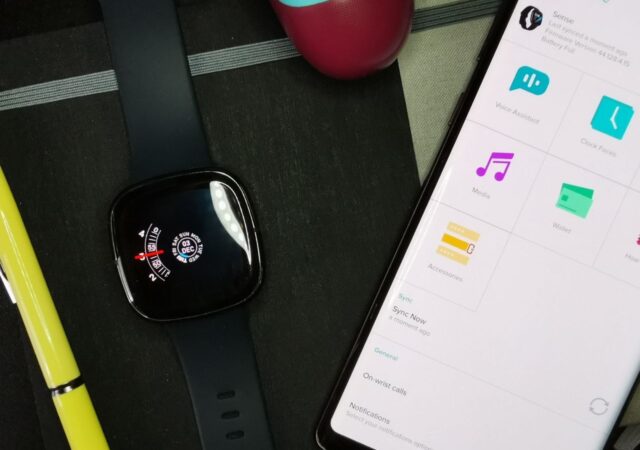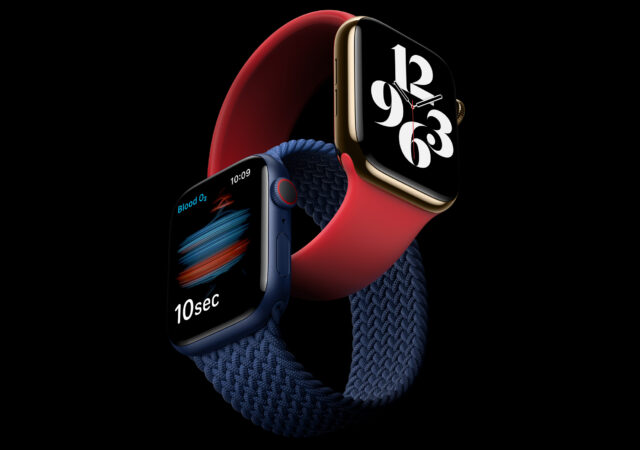Fitbit is now officially acquired by Google. The acquisition is part of Google’s bid to complete its manufacturing capabilties.
The Fitbit Sense In-Depth Review – The Shinier Versa
The Fitbit Sense was introduced together with the Fitbit Versa 3 with new functions and design. Is it any good for MYR 1,498?
Apple Watch Series 6 and SE Launches With Blood Oxygen Level Sensor
Apple just launched their brand-new Apple Watch Series 6 and Apple Watch SE with prices starting from MYR 1,749 and MYR 1,199 respectively.





